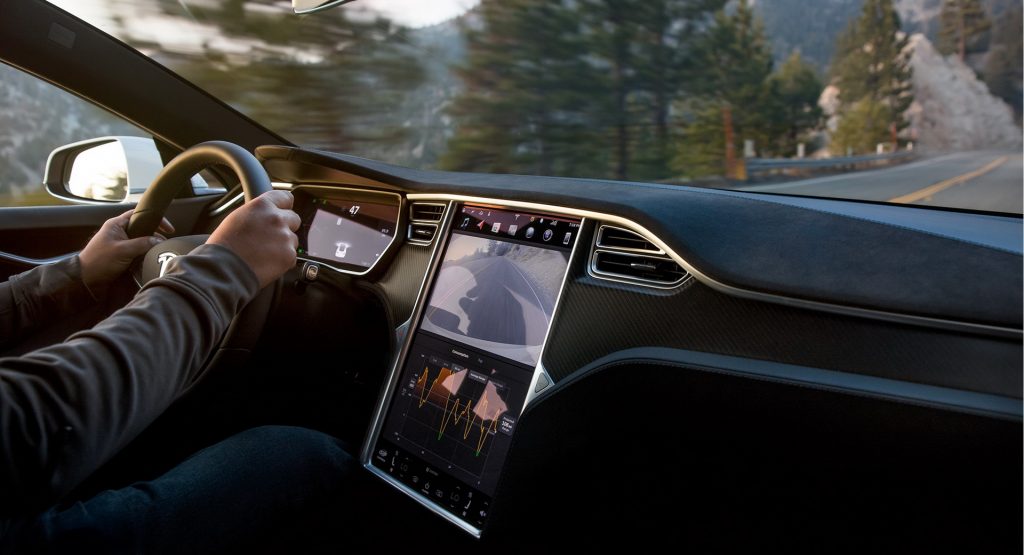In 2016, Tesla said that all of its vehicles would be equipped with the necessary hardware to achieve fully-autonomous driving. It turns out that wasn’t the case.
Following the introduction of the latest Full Self-Driving Beta, it quickly emerged that no owners of older Tesla models had gained access to the system, despite achieving perfect 100/100 safety scores. This prompted Tesla chief executive Elon Musk to confirm on Twitter that a hardware limitation is the reason why the latest self-driving suite doesn’t work.
Watch Also: Tesla Introduces Full-Self Driving Beta 10.3.1 After Weekend Hiccups
“Yeah, although early production cars will need cameras upgrades, as well as FSD computer (all included in the price)”, Musk wrote.
Yeah, although early production cars will need camera upgrades, as well as FSD computer (all included in the price)
— Elon Musk (@elonmusk) October 22, 2021
Tesla has not specified what changes have been made to the cameras nor just how many cameras of older models will need to be replaced.
This isn’t the first time that Tesla has needed to update the hardware of earlier models that it had sold with the promise of achieving fully-autonomous driving. In early 2018, Tesla started to produce its new vehicles with advanced computer systems known as MCU2, replacing the MCU1 of older models. While owners of vehicles with MCU1s had been promised autonomy, with many paying $10,000 for Enhanced Autopilot and Full Self-Driving, Tesla had to start providing the MCU2 as a retrofit for older models. The new computer costs $2,500 and also adds a host of features to the car’s infotainment system.
Once again, owners of old models will need to take their vehicles to a Tesla service center to be equipped with upgraded cameras. As Electrek notes, this will increase the workload at service centers and could delay some Tesla owners’ access to the FSD suite, which most had already paid for in advance.




